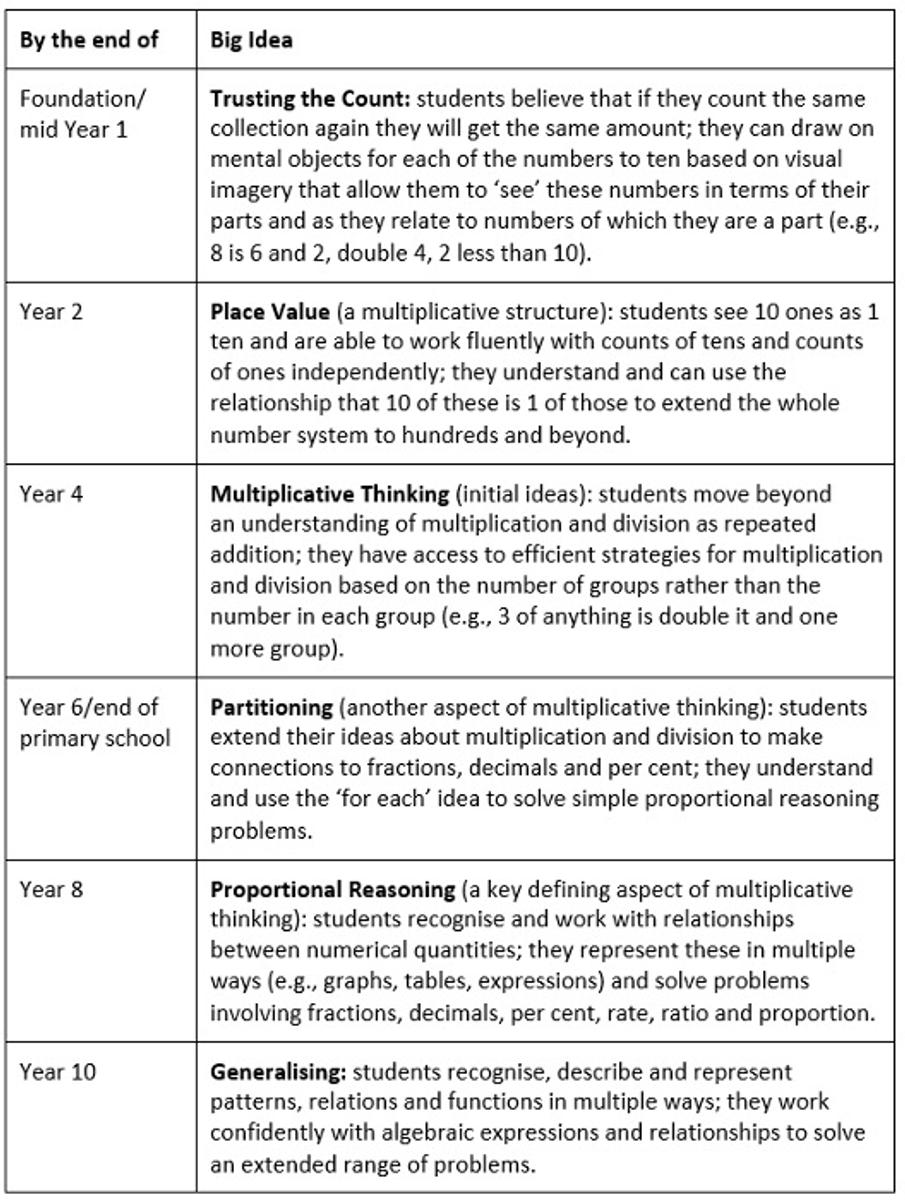Teaching and Learning

NAPLAN ACHIEVEMENT
Students in Level 3 and Level 5 participated in the National Assessment Program Literacy and Numeracy (NAPLAN) tests in March 2023. Students have now received their individual report with their results, and an information sheet detailing the changes to reporting this year. We are proud of all of our students and their efforts in this process.
We wanted to share some of our fabulous overall results. Schools receive notification of their NAPLAN results with a comparison to similar schools and schools in our network. The below tables indicate the percentage of our students that achieved a result of 'Exceeding' or 'Strong' (in yellow) as compared to similar schools (in purple) and network schools (in blue). I'm sure you will agree, our students have done an amazing job!
Year 3
Year 5
SPELLING AT RANGEVIEW
You may hear your child talking about 'Word Work' at school. This is the term we use at Rangeview for our spelling sessions when we are working with words, manipulating words and investigating words. Word work encompasses phonemic awareness, phonology, spelling, conventions, morphology and etymology.
From Foundation to Level 2, students use simple terms in Word Work. From Level 3 to Level 6, students transition to more technical terms.
| Foundation to Level 2 | Level 3-6 |
|---|---|
| Letter or group of letters | Grapheme - a written letter, or group of letters representing a phoneme or sound
|
| Sound - What sounds can you hear in the word? | Phoneme - one unit of sound in a syllable or word. Smallest unit of sound
|
Two letters can make one sound e.g. 'sh', 'ck', oa', 'ee', | Digraph - two letters representing one sound. e.g. 'oa' in 'boat' or 'ee' in 'tree'
Consonant Digraph - two consonants that combine to make one sound e.g. 'sh' in 'shop' or 'th' in 'thin'
|
Three letters can make one sound e.g. 'igh', 'dge', 'tch' | Trigraph - three letters representing one sound. e.g. 'igh' in 'light' or 'dge' in 'bridge'
|
Split Digraph - two letters that represent one phoneme (sound) and are split by a consonant. e.g. 'i_e' in 'bike'.
| |
Vowels - In English there are 5 vowels - a, e, i, o, u
| |
Short Sound
Long Sound | Short Vowel Sounds Short vowel sounds are pronounced in the short form e.g. 'a' in 'cat' or 'i' in 'pit'
Long Vowel Sounds Long vowel sounds are pronounced in the long form e.g. 'a' in 'cake' or 'o' in 'home'
|
Consonants - a speech sound that is not a vowel. All letters other that a, e, i, o, u.
| |
Blend - the process of identifying the sounds in a word and 'pushing' them together to read the whole word. e.g. reading the isolated phonemes (sounds) /s/, /u/, /n/ and pushing them together to form the word 'sun'. We blend when reading.
| |
Segment - Segmenting is the reverse of blending. When we segment a word, we are breaking it up into individual phonemes (sounds). We then find the correct letter (grapheme) to represent each sound.
| |
Heart Words Words we need to memorise. | Irregular Words - frequently used words that have parts that are not very decodable. We need to memorise the irregular part. e.g. 'toe', 'our', 'was'
|
MATHEMATICS - CURRENT RESEARCH
THE 'BIG IDEAS' Professor Di Siemon, RMIT University
Emeritus Professor Dianne (Di) Siemon states that “making connections and building relationships is fundamental to the growth of mathematical understanding” [State of Victoria (Department of Education and Training) 2022].
Adding to more than 50 years of research in the area of ‘Big Ideas’ in teaching Mathematics, Di lists trusting the count, place value, multiplicative thinking and partitioning as the four ideas in Primary School, and adds proportional reasoning and generalisation in Secondary School. Having a sound understanding of these concepts enables students to make connections in Mathematics, apply their knowledge in a real-world context and supports them to problem-solve. A brief explanation of each of these ideas is outlined in the table below.
[Table 1: The big ideas in Number by key levels of schooling (Siemon, 2006).]
At Rangeview teachers are very aware of these ‘Big Ideas’ in Mathematics and ensure that planning of lessons include rich open-ended tasks and problem-solving activities that enable students to extend their thinking.
For further details and an explanation by Di Siemon on why these ‘Big Ideas’ in Mathematics are important please watch this short 5-minute clip. https://www.youtube.com/watch?v=nPLWAzK0QSQ
Kate McLeod
Assistant Principal
Teaching and Learning






